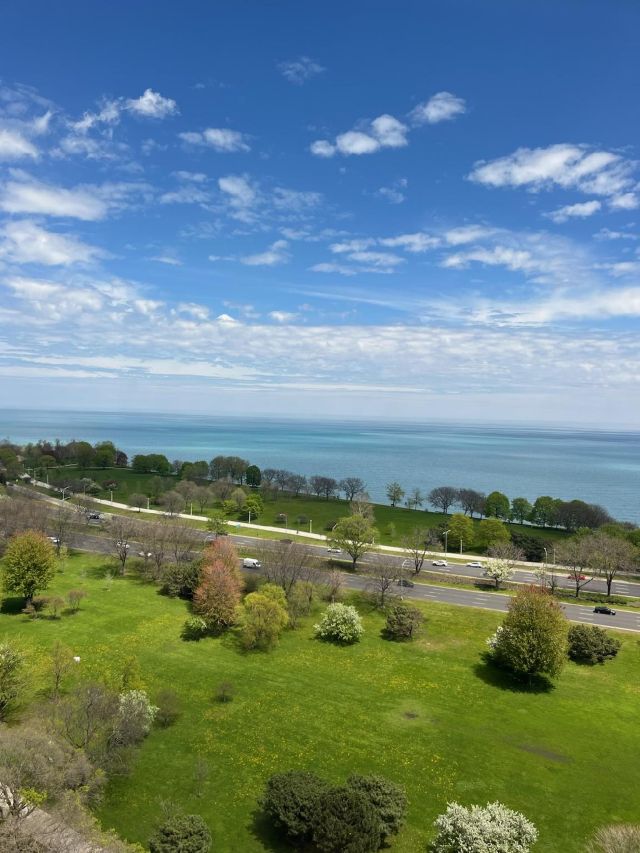Historic Crater Lake road added to National Register of Historic Places
Published 3:16 pm Saturday, November 23, 2019

- A steam shovel works on Rim Road northeast of Glacier Peak in Crater Lake National Park in September 1917.
CRATER LAKE NATIONAL PARK — Crater Lake National Park’s Army Corps of Engineers road system has been listed on the National Register of Historic Places.
National Park Service staff, including Crater Lake historian Stephen R. Mark and archaeologists Kelly Kritzer and Jessica Gabriel, inventoried the road system at the park from 2015 to 2017. The trio prepared and nominated the road system to the National Register and Oregon’s State Historic Preservation Office supported the nomination. The National Park Service, which maintains the National Register, accepted the nomination in August.
Mark took the lead in writing the nomination, which centers on a previously little-known effort by the Corps of Engineers in highway engineering and construction that occurred at the park from 1910 to 1919. The road system’s historic district includes segments of road built during the summers of 1913 to 1918, on the Rim Road and Pinnacles Road, along with a trail to Sentinel Rock, and sites associated with construction camps.
A series of brochures about the original Rim Road are being prepared for visitors.
When the work started in 1913, park visitation was only 13,000 for the year. By 1931 that figure had climbed to 170,000. Because of the increase, contractors began to build what motorists during the summer enjoy as Rim Drive, Mark said. The road system is the only road project in Oregon attributed to the U.S. Army Corps of Engineers.
Portions of the early Rim Road can be seen and traveled as trails, especially along the lake’s western rim.
Mark said the historic road system has “the distinction of being the first federally funded and supervised highway project in Oregon and is contemporary with construction of the locally financed Columbia River Highway in Multnomah and Hood River counties.”
Both projects were done before creating the Oregon State Highway Department in 1917, which began building a highway system in the state using funding from bonds, federal aid and other sources by 1919.
“While Rim Road initially served its purpose as a circuit around Crater Lake, by the 1920s changes in automobile technology made the roadway unsuitable,” the brochures explain of the need for an improved road, now known as Rim Drive. “In 1931 construction began on the modern Rim Drive, the roadway visitors still use to enjoy the sights of Crater Lake. Although Rim Road’s tenure in Crater Lake was short, it represents a technological feat and is part of the larger history of automobiles in America’s national parks.”
Mark noted the road system is the fourth historic district listed at the park. The others are at Rim Village, park headquarters and along Rim Drive.






